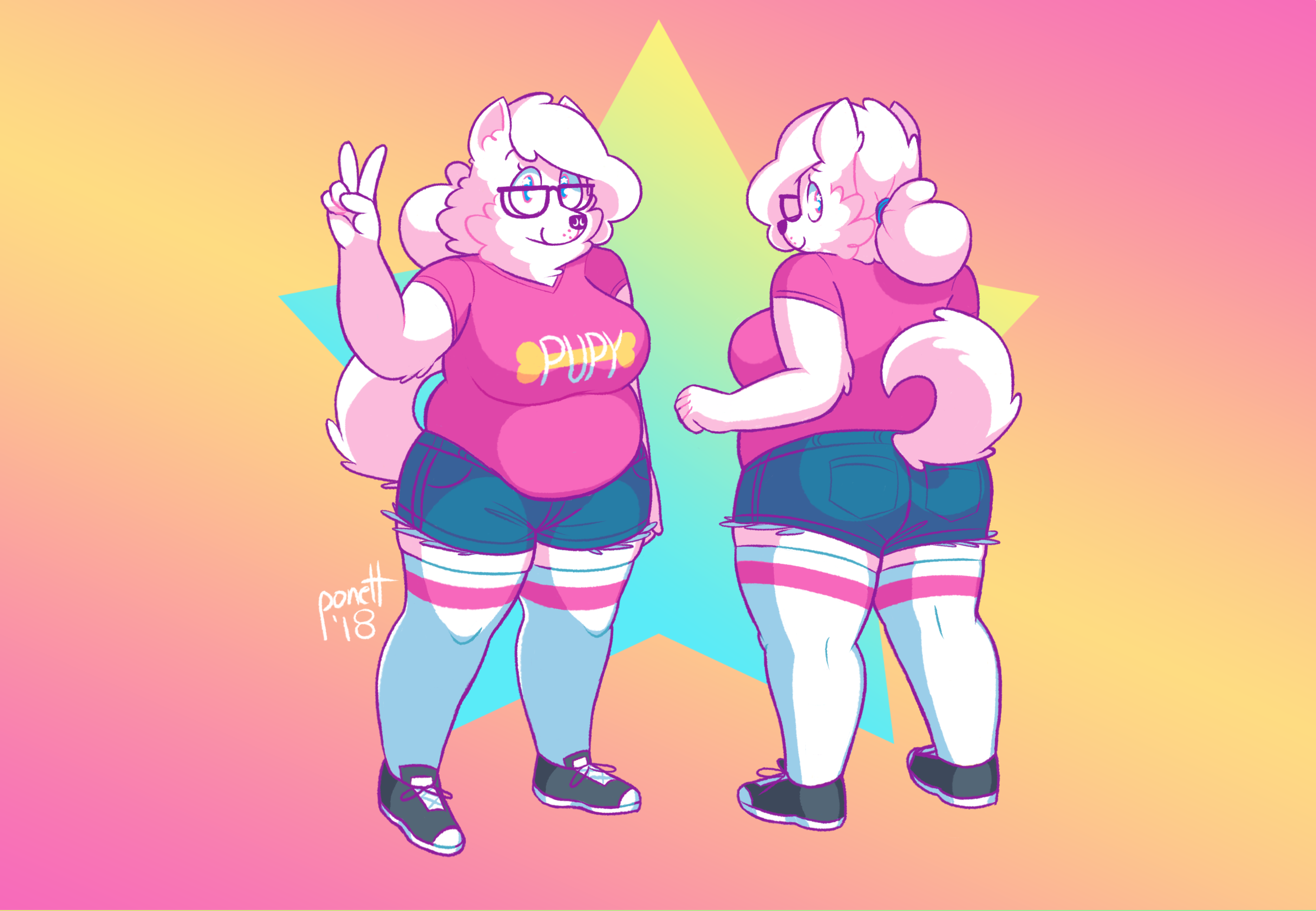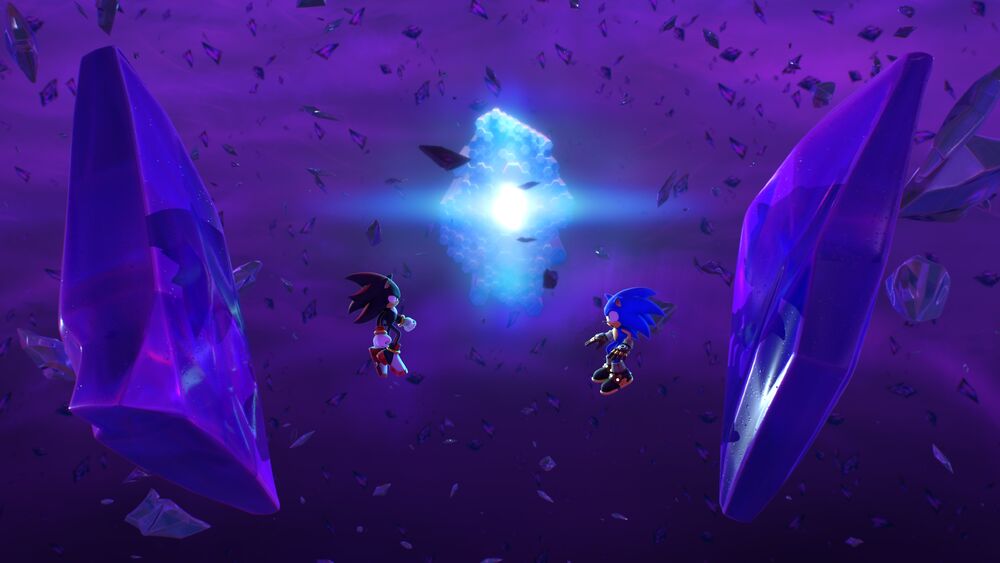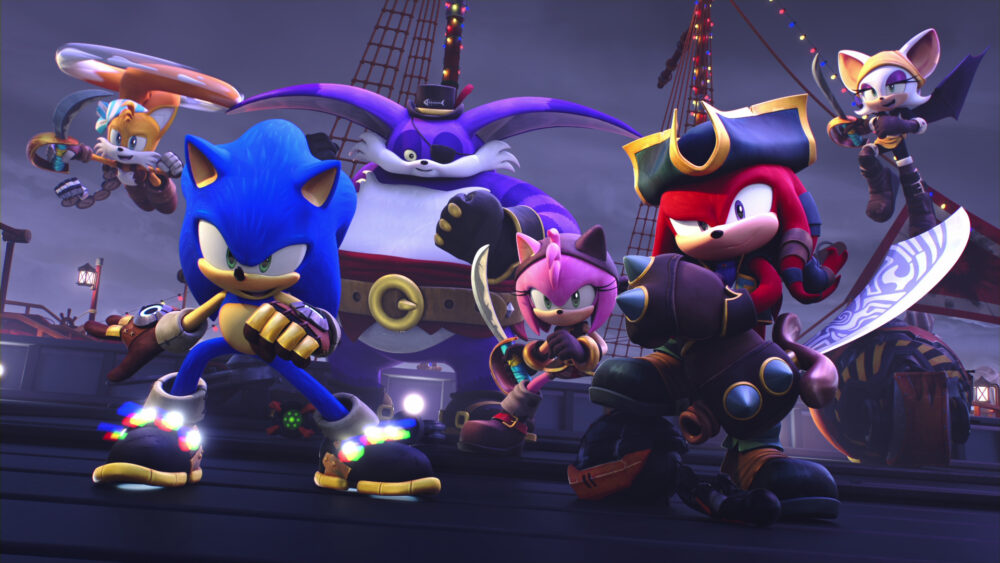Thoughts on how I create characters

This was originally a response to a question on Tumblr.
rakruined asked:
Do you have any advice for people making OCs/sonas? Yours are really well rounded and unique and I'd greatly appreciate the insight of someone who got a passion project off the ground!
So this is a very broad topic, and it varies a lot based on your own creative goals, what kind of characters you’re creating, and where you want to use them. Creating an OC to be used in furry pinups is a little different than creating one for a dramatic story. But I’ll try to give some general advice on how I do things for the types of characters and stories I tend to work with
The germ of an idea
For me, I’ll generally be inspired to create a character starting with a small number of core traits. These could be anything. A color scheme, a body type, a job, a hobby, a personality archetype, an outfit, a visual motif, a functional role in a story I’m working on, a noteworthy facial feature, a weapon, a relationship of some sort to an existing character, a single scene or joke I want to use them for. For furries and fantasy characters, species is usually one of the first things I’ll have an idea for, which tends to get the ball rolling fairly easily since we have all sorts of cultural associations with different animals and fantasy creatures.
Any standout character trait like this that you find compelling can serve as that initial spark. The inspiration can come from anywhere, but it’s often just a matter of knowing yourself and your own tastes. What do you like? What are the people in your life like? What really speaks to you in a character? What’s an existing fictional character that you’d like to rewrite and take in a different direction? What’s an aspect of yourself that you would like to see represented more often in fiction? It doesn’t have to be something super deep or fleshed out right from the start, though. You can start with something as simple as “I want a black cat character” or “I want a character who dresses like an arcade carpet” or “I want a character who looks scary but is actually nice.” Whatever it is, it’s something that differentiates the new character from the ones I already have, because otherwise I’d just be using them.
Contrast
From there, you can start brainstorming other traits that might go with those core traits. Some of those may be traits that naturally complement each other. Continuing with the black cat example, maybe you wanna play into the common cultural perception of black cats and say that this character brings bad luck, or is associated with witchcraft. However, I often like to give characters contrasting or even seemingly contradictory traits, which can help elevate a character beyond a stock archetype. Real people tend to be a walking ball of contradictions, after all.
I’ve talked a lot about how I did this with the main cast of SLARPG. Melody is a fox, traditionally a crafty and untrustworthy predator, but she’s extremely introverted and gentle. Allison is a bunny, but instead of being a meek and cuddly little prey animal she’s an outgoing fighter who loves a challenge, and she has a muscular build. I think this kind of thing gives characters some fun flavor, and can be really effective for both comedy and drama. For an example from something I didn’t write, take Senshi from Dungeon Meshi. He’s a dwarf, and he embodies certain stereotypical aspects of dwarves - he’s a short, buff man with a big bushy beard, he lives underground, he’s stubborn and doesn’t like elven magic - but he also goes against some of them. Instead of being an expert on mining and blacksmithing, Senshi is a culinary expert who has a deep appreciation for the natural ecosystem of the dungeon. He’s a weirdo among dwarves for not caring about the wellbeing of his axe and for using his super awesome shield primarily as a giant wok. And that’s what makes Senshi fun and interesting.
So going back to our example, instead of going with the stereotype, we could make a black cat character who has comically good luck, or who’s superstitious and afraid of witchcraft, or who’s an extremely rational person who always believes in science over superstition. Or maybe you roll with the bad luck angle, but instead make the black cat be the victim of their own bad luck in some interesting way. Maybe this black cat has terrible luck with love and can’t hold down a relationship. Maybe this black cat is an aspiring speedrunner who consistently gets the absolute worst RNG possible in every video game due to their own bad luck. Maybe this black cat has accrued a horrendous gambling debt after a long losing streak and has loan sharks coming after them.
These are all just hypothetical examples, of course. I don’t exclusively make characters with ironic contradictions like this. The idea is just to build on those core traits you started with in interesting ways, and that’s one of my favorite ways to do so. But honestly, a lot of the time execution is more important than the sheer originality of an idea, and sometimes really putting your all into playing a trope you love straight is the right move.
Specificity
Regardless of what direction I take a character in past that initial seed of an idea, the key ingredient tends to be specificity. To give them specific details beyond the most stock possible version of that core idea you started with.
This is something I internalized from Tim Schafer, via a blog post in the behind-the-scenes backer material for Broken Age. Sadly I’m not sure if that stuff is still available, but I did save this particular post about creating characters since it really helped me, so I’ll directly quote a chunk of that post here:
No two characters would approach a problem or react to events in the same way. At least, not if you’ve designed the characters well. If you’ve left them too vague or superficial, if they are merely functional elements in your story instead of individuals, then they might react in the same way. And that’s a problem.
So to avoid that, I’m going to talk about one the most important parts of character development: specificity. Making sure your character is a specific individual, not a stereotype. A unique character, different from anyone else in the world. It doesn’t mean that they have to have wacky gimmicks, eyepatches and crazy accents. It just means they have to be specific.
For example, let’s create a new character. Let’s say your story has a scene where your main character gets in trouble in school. So you’re probably going to need a school teacher.
Imagine a school teacher for a bit. Do you see her in a little red schoolhouse? Maybe a bun in her hair? An apple on her desk? Thick black glasses? Let’s put a ruler in her hand for good measure. Done! We have our teacher character. She’s ready to be in the scene where our hero goes to school and the teacher sends her to the principal’s office for passing notes. Right? I mean, this character doesn’t have too many lines, so why develop her character any more?
The problem is that this teacher is a very shallow stereotype of a teacher. She has no specific attributes that make her memorable. She’s the teacher you would get in a set of free clip art.
She might not have many lines, but if all your supporting characters are this way, your story will be more bland than it should be. Even if this teacher is only onscreen for a minute, she should be unique and different from any other teacher in the world. Luckily, it’s not actually that hard to make her so. You just have to ask some very basic, specific questions.
Tim goes on to explain how simple exercises like filling out character sheets with basic questions about your character (there are a million of these online) can help push a character beyond a stock archetype, even if it’s a minor supporting character. Questions about where they’re from, their likes and dislikes, their beliefs, their goals in life, that sort of thing. For minor characters especially, a lot of these details may never actually come up in a story, but just asking even a few of these questions and giving them specific answers helps you see them less like an archetype and more like a real person in your head. Maybe you never bring up your character’s backstory or their favorite sport or what kind of music they listen to, but just having a specific answer for questions like that might help color the way you depict that character in subtle ways. It makes it feel like they aren’t defined by just that one core trait you started with, and helps make the characters and world feel more alive, like there’s stuff going on with them beyond the bounds of the story or the drawing.
It’s a careful balancing act, though. It’s easy for a character to feel like they’re a collection of too many unrelated gimmicks and quirks. Again, like Tim said, these specifics don’t have to make for the craziest, most original character ever, there just has to be something there.
Let’s go back to SLARPG as an example, where I combined broad character archetypes I liked with more specific personal elements that I felt like I wasn’t seeing enough in the fiction I liked. Melody is riffing on the common idea of the reserved healer character in the RPG or MMO party and the shy girl archetype, but she’s the main hero instead of a supporting player in another person’s story, and she’s also a fat bisexual trans woman who draws a lot of little details from my own life. Her interests, her relationships, her opinions on things, her personal hangups and dreams, these all set Melody apart from other fantasy healer characters and define her as Melody Amaranth. Specificity!
But it doesn’t always have to be super deep, especially if you just want some characters to draw for fun and aren’t planning on writing a story with them. Take my fursona. I’ve always loved dogs, so I made my fursona a dog. I chose a Samoyed in particular because I think Samoyeds are the cutest, and I hadn’t seen hardly any anthro Samoyed OCs at the time. I leaned into the breed’s signature fluffiness to help my fursona stand out from other canine OCs. She has simple identifying traits like being fat like me, wearing glasses like mine, and having a hairstyle kinda like mine (when I tied my hair up in a bun, at least). And there you go. Fursona achieved. She’s not a wildly high concept character, but she doesn’t need to be
Anyway I realize that this is mostly about the writing aspect, so here’s a few quick bullet points about designing a character’s appearance:
- Face and body type variety are good, but personally I would say lack of body type variety is worse than same face syndrome
- Knowing some stuff about shape language is good, but you don’t have to be completely beholden to the “circles are friendly, squares are sturdy, triangles are scary” shit. I’m generally more interested in using repeated shaping in different parts of a character’s design as sort of a shape motif. Melody’s body, hair, and tail are all made of round, swooping shapes, for example. (This is more applicable if you’re designing cartoonier characters as opposed to realistic humans, obviously.)
- Knowing some basics of color theory is also good. I like using complementary and contiguous color schemes on characters and generally try not to use too many distinct colors on one design. Black and white and grey and various browns are good as neutral colors to balance out the colors of the rainbow, and gold can be a nice accent color
- A small handful of identifying accessories can be fun, but don’t rely on those to make a design stand out. Ideally your character should still be identifiable even when not wearing their default outfit, or even in silhouette
Aaaaaand I’m gonna call it a wrap there! This is a huge topic, so hopefully this helps with at least some of the basics! At the end of the day, though, don’t beat yourself up if you can’t sit down and force yourself to come up with the most crazy awesome OC ever. Just have fun and be yourself!




Comments